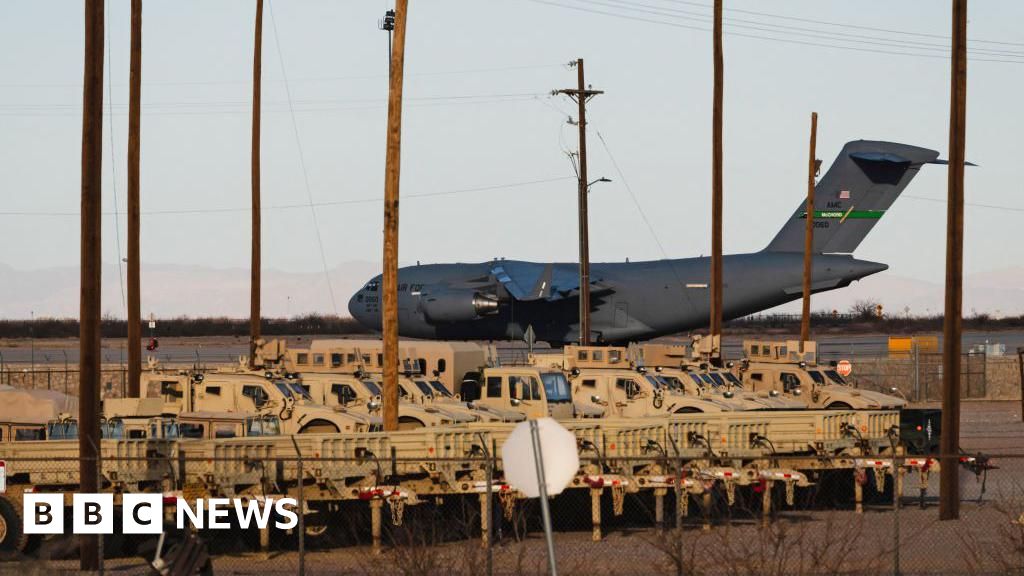ARTICLE AD BOX
Watch: These solar flares may lead to rare Northern Lights sighting
The beauty of the Northern Lights phenomenon could be seen as far south as Alabama this weekend, as the effects of a severe solar storm hit Earth.
The National Oceanic and Atmospheric Administration (NOAA) issued a rare, geomagnetic storm watch Friday.
It puts a large portion of the US, as far south as Alabama, within range of seeing the aurora borealis.
The effects of the storm could however affect GPS systems, power grids, radio operations and satellite navigation.
"This is an unusual and potentially historic event," Clinton Wallace, director of NOAA's Space Weather Prediction Centre, said in a statement.
A Severe G4 Geomagnetic Storm is likely beginning Friday and through the weekend, according to NOAA. G4s are the second strongest type of geomagnetic storms.
The storms, caused by a sunspot cluster 16 times the diameter of Earth, mark NOAA's first G4 watch since 2005.
NOAA forecasters observed at least seven coronal mass ejections, or large expulsions of plasma and magnetic field from the outermost part of the Sun's atmosphere. The effect of the ejection is expected to arrive on Earth Friday and last until Sunday.
The coronal mass ejections cause geomagnetic storms that can affect infrastructure in Earth's orbit and on its surface.
The storms could produce aurora that can be seen as far south as Alabama and in northern California.
Shawn Dahl, service coordinator at NOAA's Space Weather Prediction Centre, told reporters on Friday that officials are expecting a "big shock arrival" when the ejections hit Earth, BBC's news partner CBS News reported.
Officials also aren't discounting the storms could escalate and become low-end G5 events.
The Northern Lights are typically seen in high latitudes on the Earth and are more likely to be seen where there is limited light pollution.
According to NOAA, the best time to see auroras are within an hour or two of midnight in your location.

 1 year ago
70
1 year ago
70








 English (US) ·
English (US) ·